Winter Oregon monsoons mean a trip to the culinary tropics — Dover Sole Steamed in Banana Leaves
In the wintertime most of the U.S. is gripped by snow, freezing weather, or some combination of the two. In Oregon, we have the winter monsoons. It rains almost daily from November until April.
Most of the time it’s a civilized, spritzing kind of rain, where you don’t need head gear. Sometimes it’s a heavier spritz. And occasionally we have downpours that remind me of the summer thunderstorms in Texas when cats and dogs take shelter.
We joke in Oregon that you can tell an Oregonian from an out-of-stater: An Oregonian does not carry around an umbrella when it’s the spritzing variety of rain. We reserve our umbrellas for true downpours. The rest of the time we wear a jacket with a hood.
It’s during this time of year that many Oregonians head for Hawaii or Mexico in search of warm sunshine. PDX has daily flights that connect Portland with both Hawaii and Mexico.
For me, I think of savory dishes from my childhood for my winter mental escapes back to Thailand. It’s a lot cheaper than a plane ticket.
Last weekend, my mental escape turned into Dover Sole Steamed in Banana Leaves on the dinner table. The banana leaves came from our very own backyard, thanks to a cold-hardy variety of banana tree that Charles spotted a few years ago at the farmers market.
It’s an easy dish to prepare and takes me back to my childhood in boarding school at Bangkok Christian College. After school, we’d be doing our homework and anxiously waiting for the dinner bell to sound. At its first ring, we would run as fast as our little feet could carry us down the stairs and to our assigned tables in the dining hall. Ten students were assigned to each table. We would sprint to our seats as fast as we could and, with one hand, grab our tin cups filled with rice, and, with the other hand grasping a spoon, we would scoop as much of the entrees onto our plates as we could, jostling elbows to get to as much food as possible. Latecomers got little; early comers got their fill.
But occasionally, there would be dishes that were prepared so that each student got an individual serving. Like fish steamed in banana leaves or Ho Mok Pla. On those occasions, each student would find on their plate an individual boat made with banana leaves, and inside that boat would be a savory filling of cabbage and sliced mudfish in a custard of red curry, coconut milk and eggs.
I could always tell when we were about to have Ho Mok Pla because the banana grove outside my dorm room would be silent. During the monsoon season in Thailand (July through October) it rains almost daily, and I could count on being lulled to sleep by the sound of raindrops splattering on the banana leaves. When I didn’t hear the sound, I knew that the kitchen staff had harvested the leaves and we were soon going to have Ho Mok Pla.
My skills at making banana boats aren’t well developed, so even though I was able to recreate the boats with banana leaves by holding them together with toothpicks at each end, I’d recommend if you try this at home to simply line an oven-safe oval dish with a piece of banana leaf.
Dover Sole Steamed in Banana Leaves
- Chopped spinach blanched in boiling water enough to equal 1 cup (240 ml.) after blanching
- 1 egg
- 1 1/2 cup (360 ml.) coconut milk
- 3 Dover sole fillets cut into 2-inch pieces
- 1 banana leaf (you can find these frozen at Asian food stores if you don’t have your own banana plant)
- 6. 1/2 red bell pepper, cubed
- 16 basil leaves (Thai basil is best, but any variety will do)
- 2 teaspoons (10 ml.) red curry paste (more if you like it spicier)
- 1 teaspoon (5 ml.) fish sauce
- Sprigs of cilantro for garnish
- In a bowl combine coconut milk, curry paste, fish sauce and egg and beat well until all curry paste is dissolved into the liquid.
- Add sliced fish and let marinate in a refrigerator for about an hour.
- To make a boat from the banana leaves, cut a 4-inch piece of banana leaf along the grain. Pinch each end together into a point and hold with a toothpick to make them into the shape of a boat. Alternately, simply line a ramekin or oval bowl with the piece of banana leaf, cutting it to fit the bowl. Even if you succeed in making a boat, I would recommend placing the boat in a bowl before adding fish and steaming in case the boat falls apart in the steamer.
- Into the bowl lined with banana leaf or banana boat, put about a half-inch layer of spinach.
- Spoon some pieces of fish into the boat or bowl until it’s almost to the top.
- Add a few pieces of the cubed bell pepper.
- Spoon some of the egg/coconut milk/curry liquid into the boat, enough to almost cover the fish, and top with 4 basil leaves.
- Repeat until all bowls/boats are filled.
- Using a large steamer on high heat, steam each bowl/boat for about 20 minutes. We have one of those large, tin, multi-layered steamers that you can find at Asian grocery stores, so we can steam several bowls at once. These steamers are also handy for steaming whole fish and Dungeness crabs. NOTE: some water may collect in the bowls from the steaming banana leaves and spinach, so you can use a turkey baster to siphon out the water if there’s a lot in the bowls.
- Garnish with a sprig of cilantro and serve hot with rice or potatoes.
Enjoy!
— Vic
About the Author (Author Profile)
Victor Panichkul is a journalist and writer by training; a cook, wine lover and photographer by passion; and a lover of the outdoors since moving to Oregon more than 10 years ago. He is a native of Bangkok, Thailand.
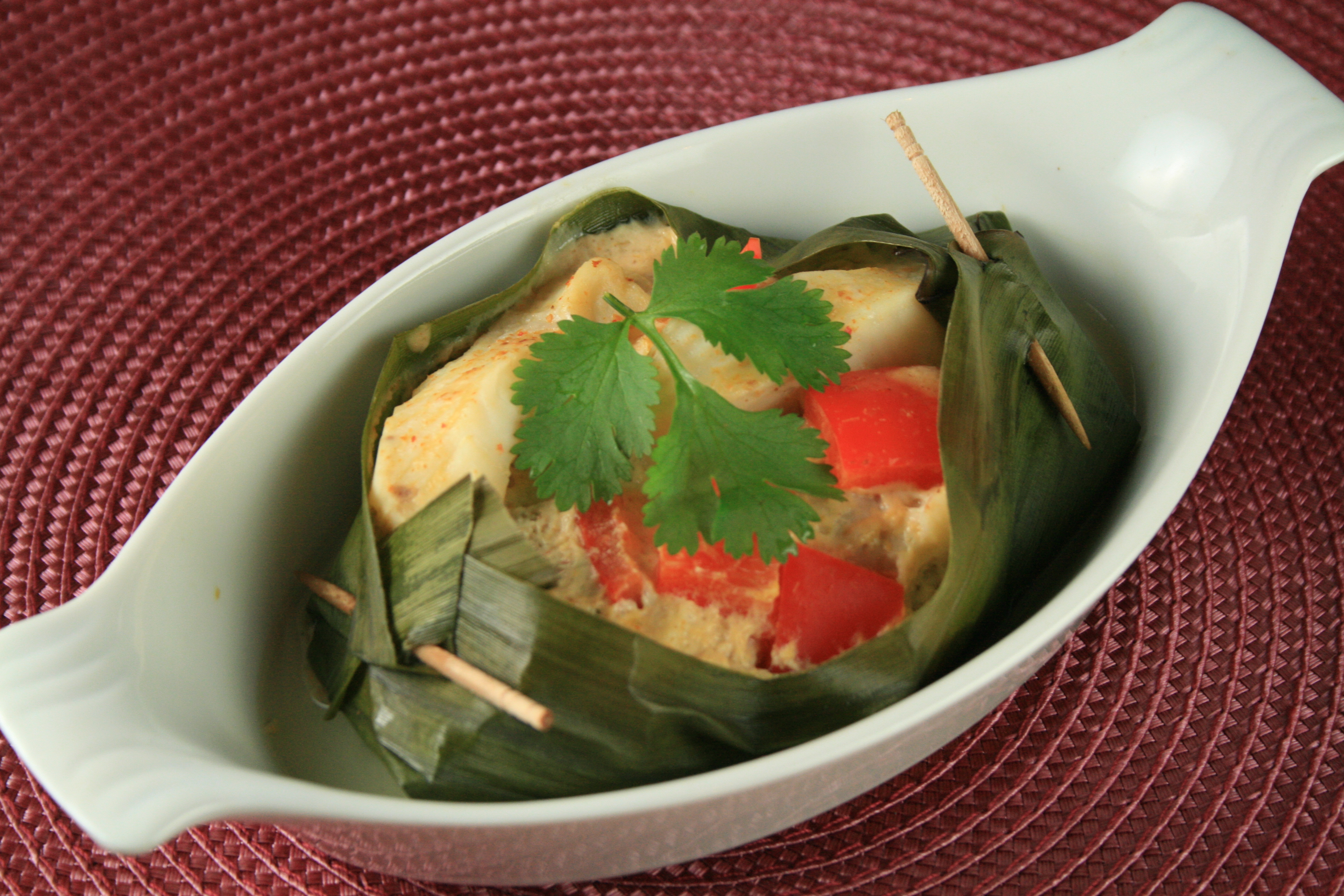






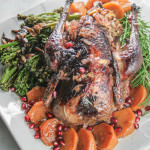
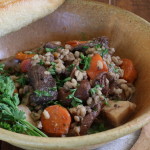
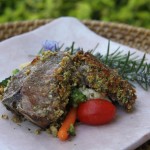

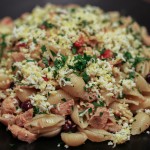

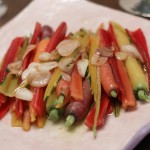
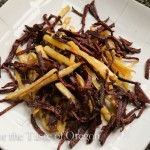

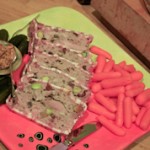
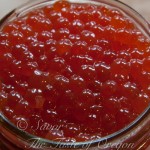
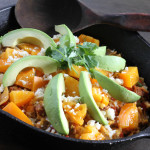
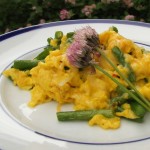
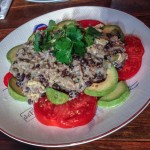
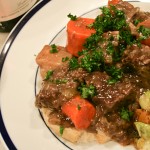
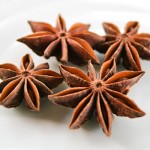
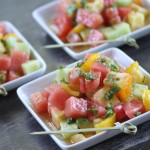


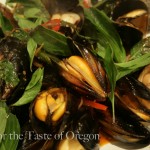
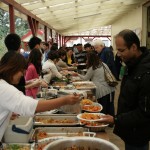

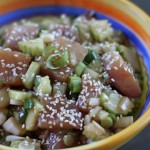
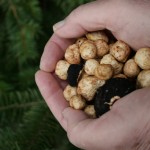
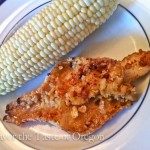

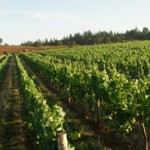
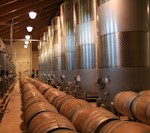
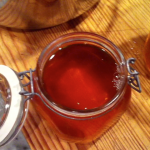





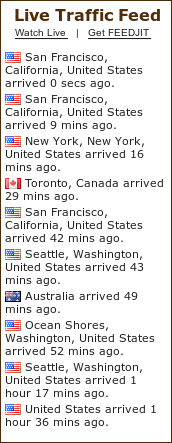





These look great! Bookmarking and spying into my neighbor’s yard for banana leaves…
Thanks Karen. Just remember: Don’t get caught leaning over your neighbor’s fence!